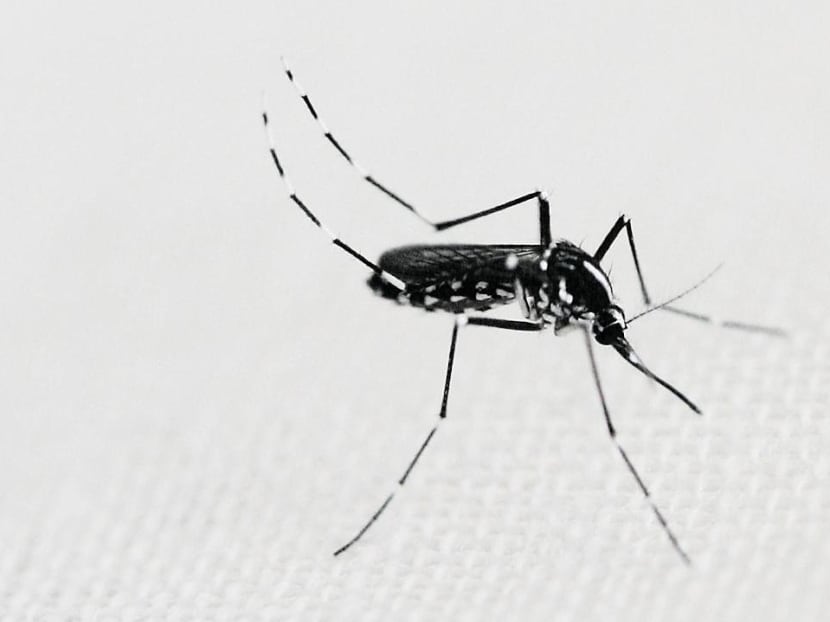Biggest dengue cluster now in Jurong West: NEA
SINGAPORE – Jurong West now has the biggest dengue cluster in Singapore, with 104 reported cases as of Aug 7. The cluster comprises of Jurong West St 74, Westwood Avenue, Westwood Crescent, Westwood Drive, Westwood Road, Westwood Terrace, and Westwood Walk.
SINGAPORE – Jurong West now has the biggest dengue cluster in Singapore, with 104 reported cases as of Aug 7. The cluster comprises of Jurong West St 74, Westwood Avenue, Westwood Crescent, Westwood Drive, Westwood Road, Westwood Terrace, and Westwood Walk.
It has surged past Tampines, which used to be the biggest cluster. This cluster comprised of Tampines Ave 5, Tampines Streets 71, 82, 83, 84.
The National Environment Agency (NEA) said that the incidence of dengue in Tampines has shown a marked improvement, dropping from a peak of 40 to 50 cases a week to between two and five cases a week.
Mr Derek Ho, director-general of the Public Health Division at the NEA, said: “In Tampines, over the past few months, we have put in a lot of effort, a lot of our officers have gone round door-to-door to make checks, and there’ve been multiple rounds of inspections carried out.
“At the same time also, we’d like to thank the grassroots, the residents as well, for also putting in a lot of effort to go door-to-door to raise people’s awareness and vigilance to ensure everyone does their part to reduce mosquito breeding.”
Separately, residents living in Teck Whye Avenue have expressed concerns about a wading pool that has been closed for about a month. They fear that stagnant water could lead to an increase in dengue cases in the area – although no clusters have been identified in the area.
The NEA said that the Chua Chu Kang Town Council is keeping the water circulation system in operation and maintaining the pool to ensure that it is free from mosquito breeding.
Recent checks did not uncover any mosquito breeding in the pool. The NEA has reminded the town council to clear the fallen leaves from the pool and will continue to monitor the situation.
The town council said in a statement that its term contractor maintains the pool at least twice weekly, while its conservancy contractor cleans the pool as well, to remove fallen leaves and litter.
“The pool is not stagnant as there is an inlet which continuously pumps water into the pool. While recycled water is used for the pool, as part of the maintenance programme, water from the pool is completely drained and replaced with fresh water, followed by water treatments.
“Water is also drained during pump servicing. In addition, to prevent any stagnant water and the breeding of mosquitoes, conservancy cleaners are in place to regularly clean up the pool,” it added. CHANNEL NEWSASIA







